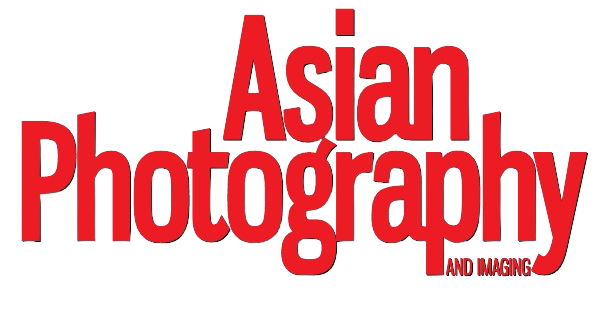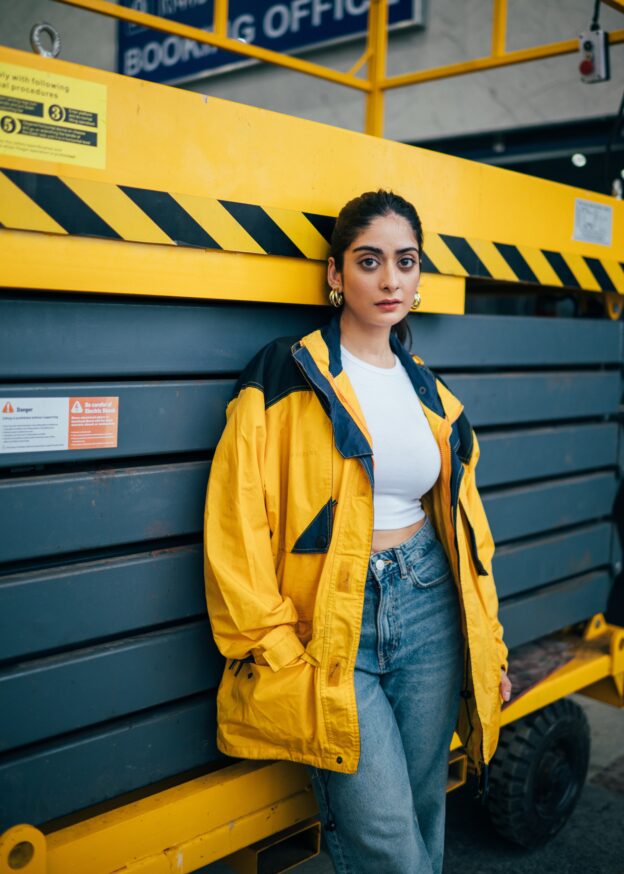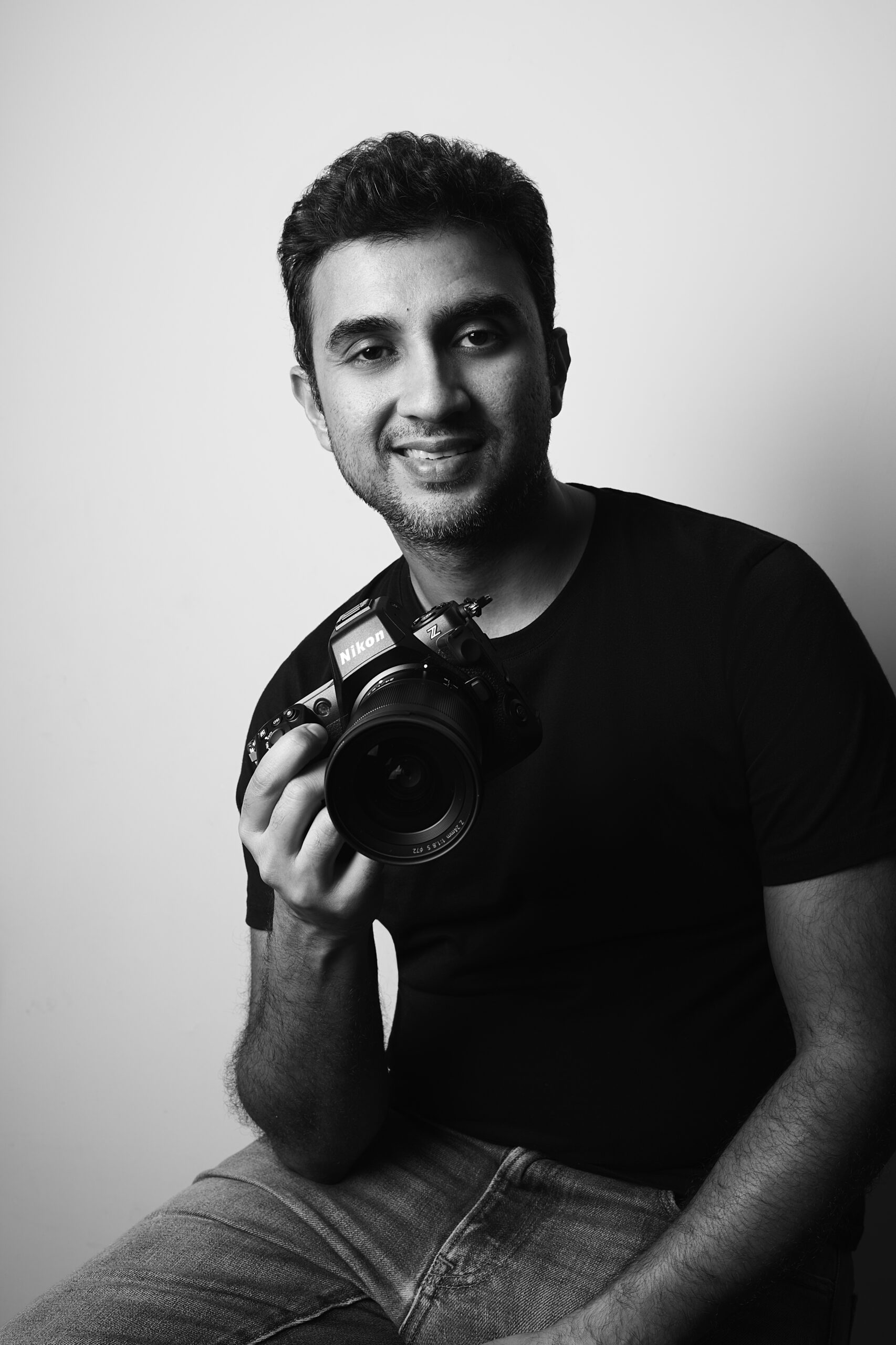
Bharat Rawail is a prolific fashion and commercial photographer, capturing images with an element of simplicity with elegance. He has worked with brands, modelling agencies and celebrities in his career of over 15 years, aiming to create stunning photos with immaculate detail. He is renowned for his style, and he is a brand ambassador for Nikon and Nanlite.
Asian Photography spoke to him about storytelling, vision, trends, creative blocks and more. Excerpts:
How do you approach storytelling through your images in commercial projects?
In all my projects, commercial or not, I focus on making the subject the heart of the narrative. In still images, for a viewer to connect with the photos, I believe you need to connect with what the person and their expressions are trying to communicate to you at that moment.
My approach is simple: ensuring that the subject feels seen and represented in the best possible way. In all my photos, the eyes are always the centre of attention, followed by the expression and posing. I prefer to keep the face well-lit and make sure the subject feels seen at the moment.
How do you ensure the brand’s narrative aligns with your artistic vision during a shoot?
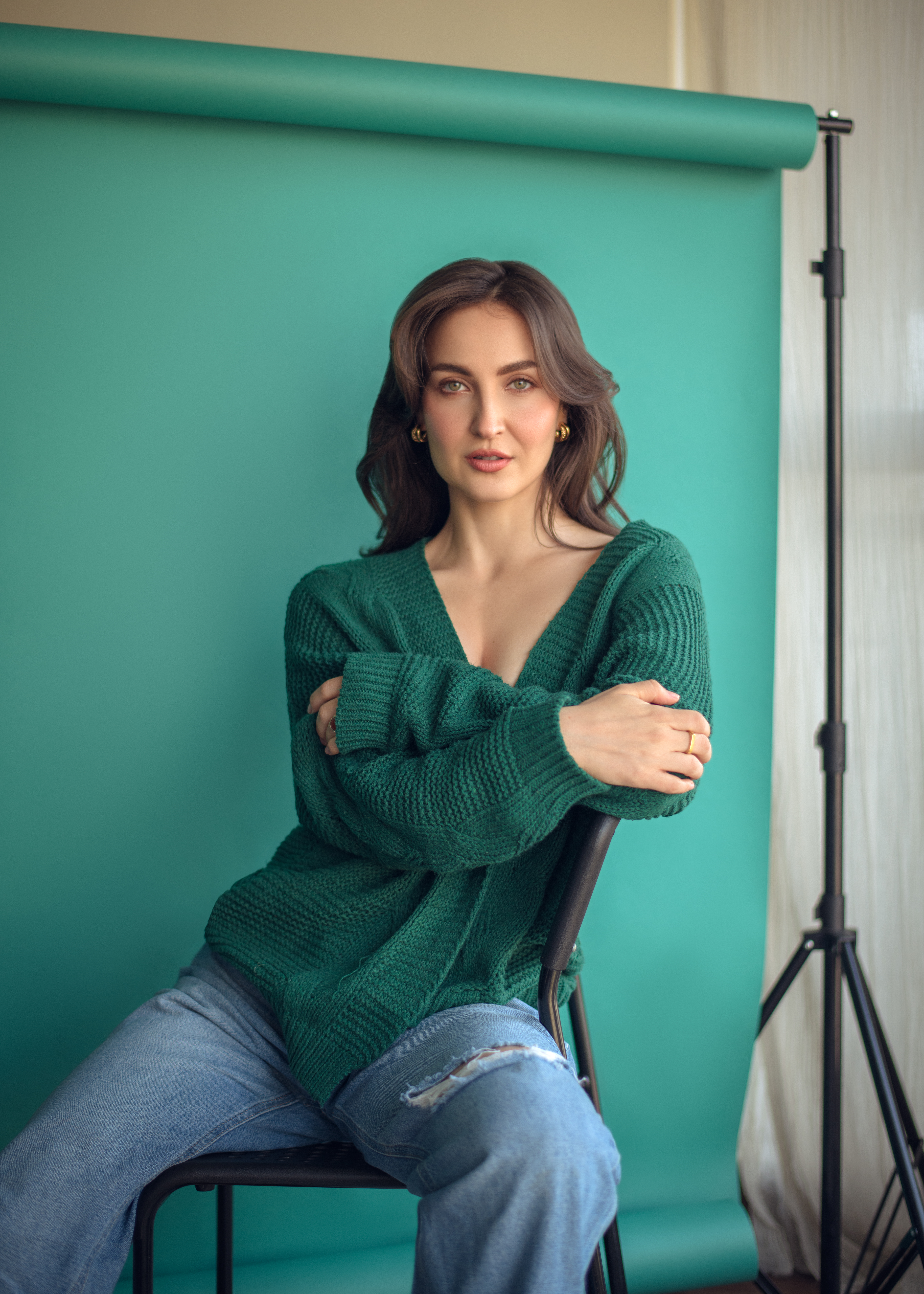
When working with brands, my goal is to adapt to their narrative, ensuring that their product and story remain the focus. When a brand reaches out to me for a campaign, they are already positive about leveraging my style for their project. Every photo I take must not only reflect the brand’s identity, but also resonate with their target audience.
I ensure the brand’s narrative aligns with my vision to create a balance between creativity and purpose. I approach each campaign by bringing my style and creative sensibilities to merge with the brand’s story and objectives. The aim when platforming a brand in my work as a photographer is to elevate their messaging through my lens while staying true to their essence.
To achieve this, I use various lighting techniques, compositions, and more to highlight the product and support the narrative. I also constantly view the project through the shoes of a customer at various steps in the process, to make sure the photos effectively communicate the right messaging to me.
What do you do when clients push for ideas or concepts you disagree with creatively?
Creative disagreements are inevitable, I think it’s idealistic to expect otherwise. I believe that’s what leads to fresh and innovative outcomes. When clients push for ideas or concepts that differ from my approach, I am a firm believer in teamwork to achieve the end result. Pre-production is where I resolve such differences – it’s where brainstorming, ideation, and mutual decision-making happen. I love to invest time in the prep phase, welcoming ideas and discussing them thoroughly to ensure alignment before we step onto the set. A strong pre-production process should lead to mutual creative decisions; if it doesn’t, the pre-production isn’t complete.
During the shoot, I like to strictly focus on execution while staying open to all possibilities. I make it a point to capture everything: shots from the mood board, shots inspired by the client’s ideas, my own creative interpretations, and lastly, experimental shots.
I also take the time to explain my reasoning behind certain approaches, helping clients understand my process. Often, the vision becomes clearer when the client has a visual reference to see how my approach aligns with their goals. All creative processes have to be collaborative, the intention of finding mutual ground bridges the gap between creative fulfilment and client objectives.
How are fashion trends in different regions influencing your work?
Fashion trends from different regions influence my work by shaping how I adapt wardrobe choices to highlight the subject’s personality. For me, clothes complement the person and express the personality of the subject I’m capturing.
I feel fortunate to collaborate with some of the best stylists in India, whose experience ensures that wardrobes are fresh, on-trend, and authentic to the subject. During pre-production, we work together to strike a balance between trends, the concept, and the subject’s individuality.
Staying updated on trends is invaluable, and collaborating with creative minds keeps me informed about what’s in style. My approach bridges these trends with my own sensibilities to create a look that merges the outfits with the personality.
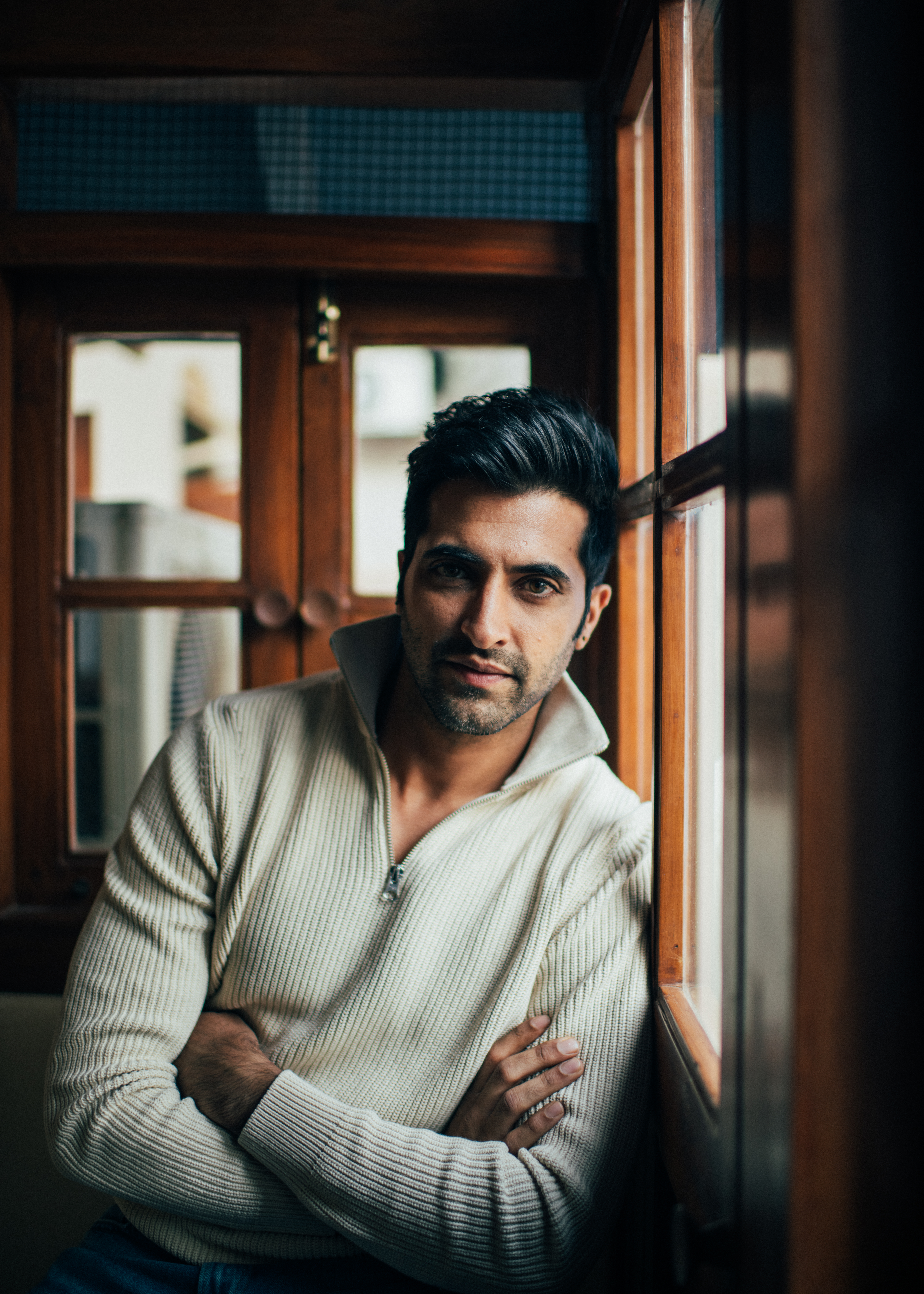
How do you keep your work fresh and avoid becoming repetitive?
To keep my work fresh and avoid repetition, I make it a priority to find inspiration daily. I spend 15–20 minutes each day exploring platforms like YouTube, Pinterest, Instagram, and Behance, as well as studying the work of DOPs, photographers, and other creatives.
This practice keeps me consistent and creatively stimulated, ensuring my perspective evolves with time. Regular introspection is another key part of my process. I often review my work from the past month or two to track growth, and consider how I could shoot my older work differently today. This helps me refine my style – it helps me recognise elements that resonate deeply with me and areas where I can push boundaries to keep experimenting.
How do you handle creative blocks or periods where you feel uninspired?
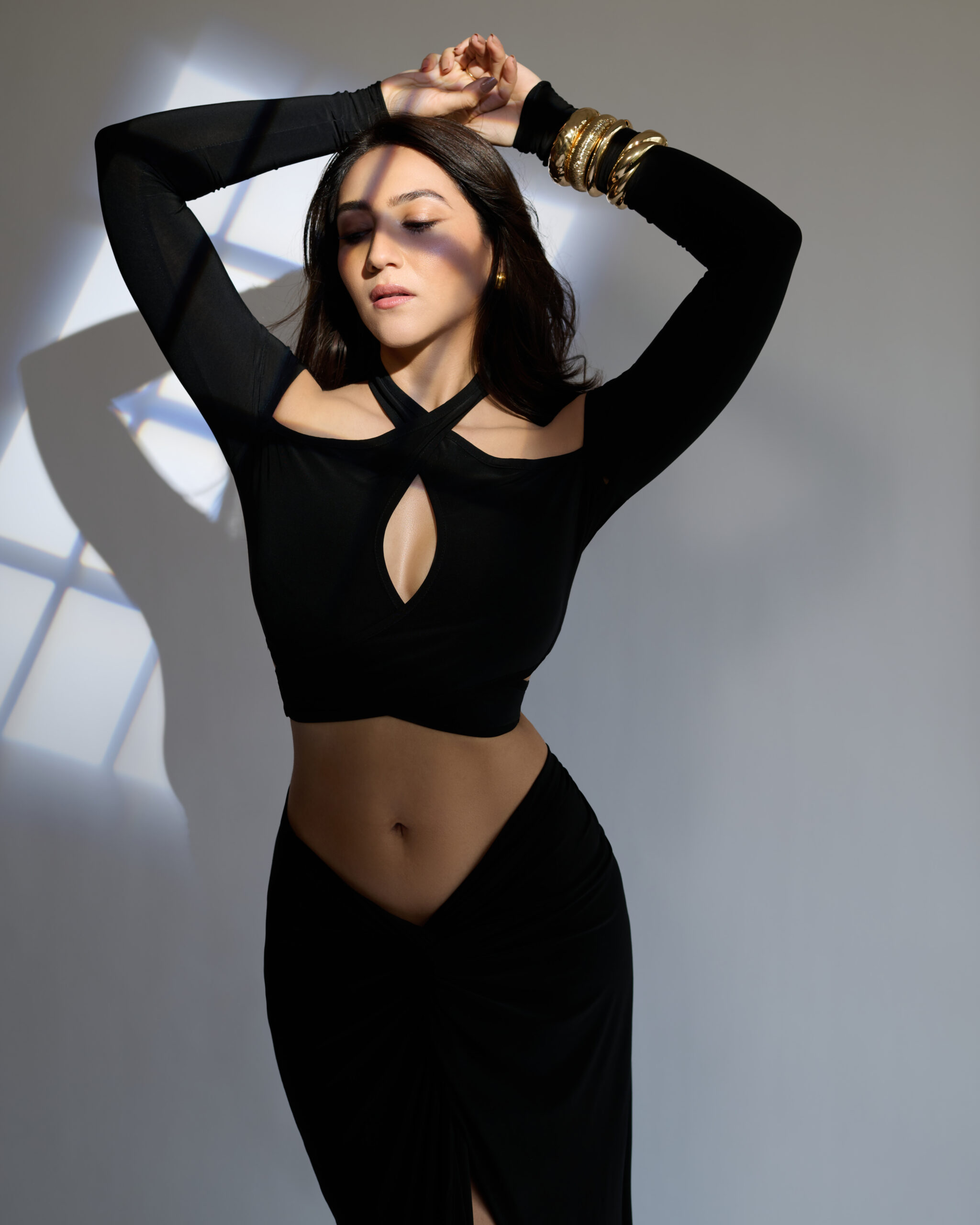
When faced with creative blocks, I like to take a mindful approach to ensure I can deliver my best work. When possible, I give myself a break to recharge and return with renewed energy and focus.
Pre-production often helps me reignite my creativity. Collaborating with my team to brainstorm ideas and refine concepts can kickstart a creative flow, turning a challenge into an opportunity for fresh perspectives. If the block persists, I turn to my hobbies – I indulge in my favourite meals or take short holidays to refresh my mind.
However, I know that breaks aren’t always feasible. On such days, I focus on the outcome and commit to working through the challenge. By focussing on the details of a single idea and meticulously planning its execution, I have found I feel better equipped to handle the block and deliver work that stays true to my standards. This balance of self-care, collaboration, and discipline ensures I stay creatively resilient.
What’s the most valuable lesson you’ve learned from a failed project or a project whose result didn’t meet expectations?
I was recently collaborating with a renowned stylist. While the team was talented, the final result felt disconnected and didn’t align with my usual standards.
In hindsight, I realised that my eagerness to impress had caused me to sideline my creative instincts and decision-making process. Overwhelmed by the opinions of the stylist, talent, and team, I failed to protect the creative space needed to execute my vision. The result was a confused outcome that lacked the authenticity and quality I strive for.
Since then, I’ve learned the importance of holding my ground during a project, no matter how many opinions come my way. While I welcome creative inputs as valuable feedback, I’ve stopped aiming to please everyone. If someone chooses to work with me, it’s because they trust my style and vision. Confidence in my own expertise and experience is crucial to delivering work that meets my standards and stays true to my creative identity.
How important do you think social media is for a photographer’s career today, and how do you leverage it?
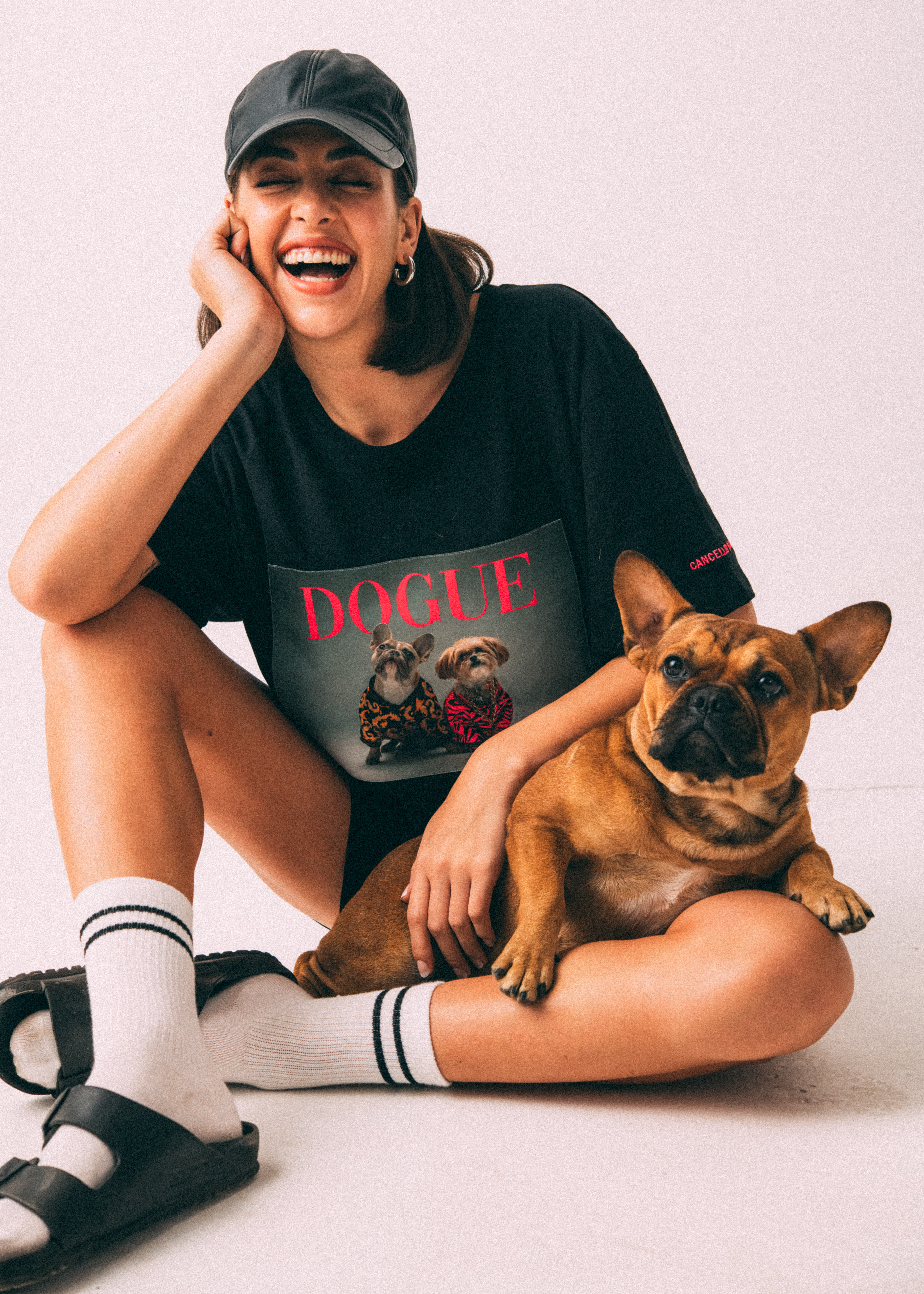
Social media has been a game-changer for all creatives. What started as a platform for sharing personal lives has evolved into an irreplaceable tool for showcasing work and building professional credibility. I view my Instagram account as my portfolio – it’s a space to highlight my work and establish legitimacy. Today, your Instagram profile undeniably determines how people perceive your professionalism and reliability.
As we move into an increasingly digital era, social media has become indispensable. Platforms like Instagram not only allow photographers to build their portfolios, but also enable them to grow as freelancers and business owners. It’s a great way to connect with other creatives, find inspiration, and engage with potential clients.
In fact, much of my early business came through Instagram, helping me build a foundation before my work gained recognition outside the platform. Leveraging social media strategically allows me to expand my network, showcase my work, and stay relevant in a competitive industry.
How do you keep learning and growing as a photographer? Do you attend workshops, follow online courses, or have any mentors?
As a self-taught photographer, my learning, and growth have always been rooted in curiosity and experimentation. My journey into photography began spontaneously during a vacation, and since then, I’ve embraced a hands-on, trial-and-error approach to mastering the craft. I firmly believe that exploring on your own often leads to the most exciting discoveries.
I make it a point to experiment during every shoot, constantly pushing the boundaries of my style and comfort zone. Collaborating with a diverse range of creatives also plays a significant role in helping me refine my perspective and explore new ideas. I frequently study the work of international photographers, paying close attention to their lighting techniques and creative processes.
By immersing myself in global influences, I like to ensure that my work remains relevant and timeless.
What advice would you give to aspiring fashion photographers who are just starting out in the industry?
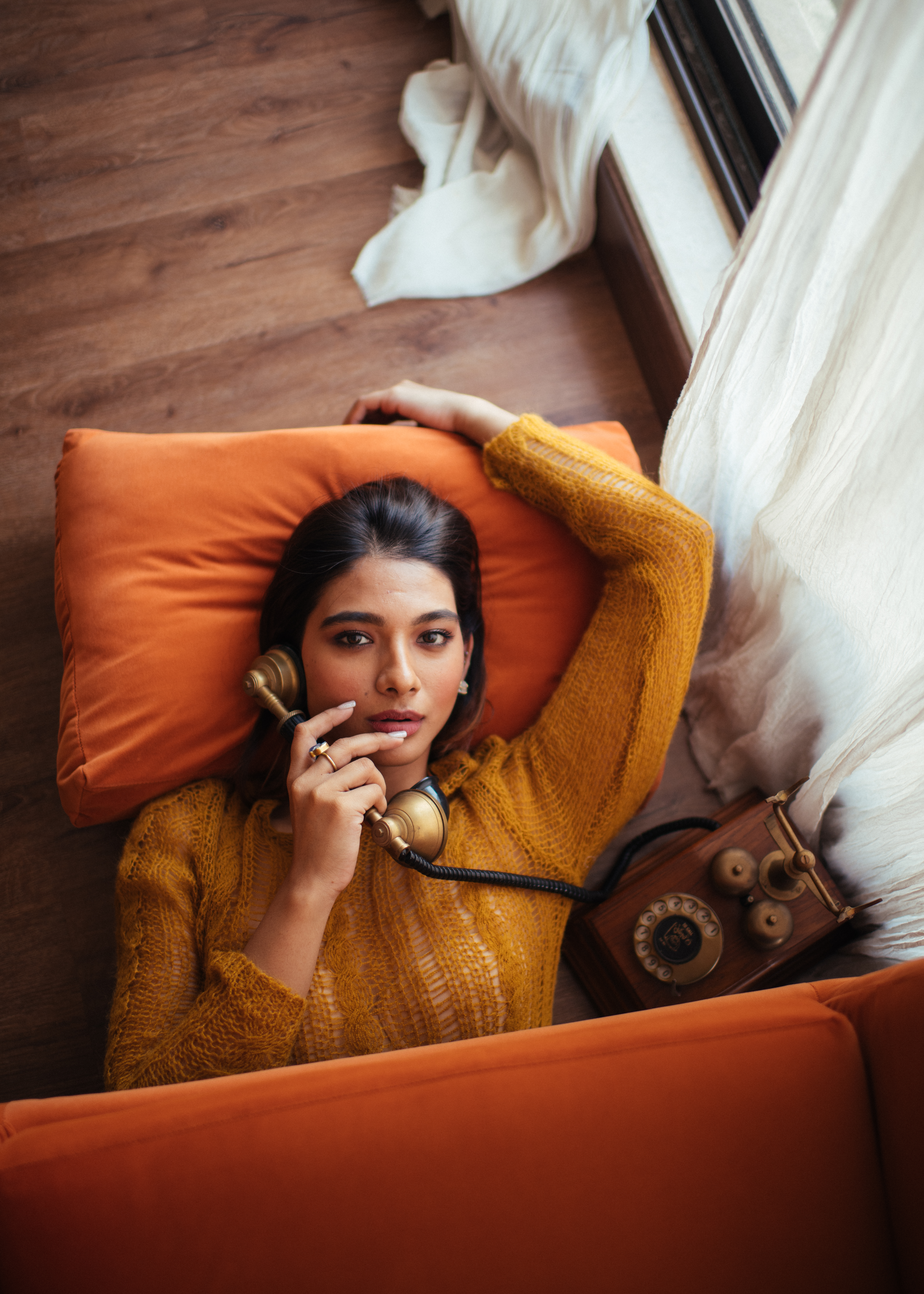
My advice to aspiring fashion photographers is simple: just start. Pick up your camera and commit to taking pictures that you like. The key is to learn and create consistently. Initially, don’t confine yourself to a specific style – explore and experiment. Shoot everything that interests you, from landscapes and food to portraits and fashion. Finding your unique style takes time, often years, so be patient.
Don’t be discouraged if your early work doesn’t match the quality of your inspirations. It takes practice and persistence to close that gap. Focus on staying consistent and disciplined; these qualities are typically underrated in creative fields, but are essential for long-term growth.
Dedication to your craft and your creative development will accelerate your progress. Every shoot, every experiment, and every challenge contributes to shaping your perspective as a photographer. Stay curious, stay open, and keep pushing forward – your journey is what will set you apart in any industry.
